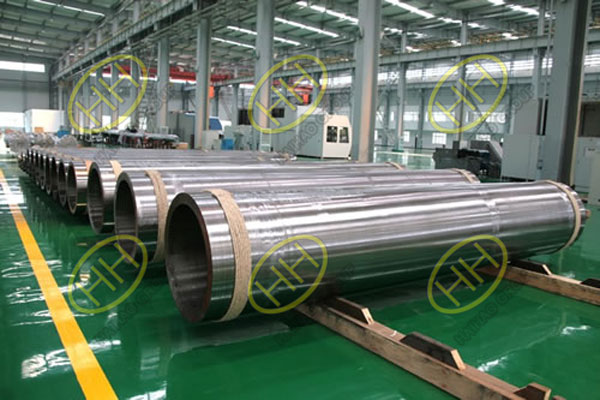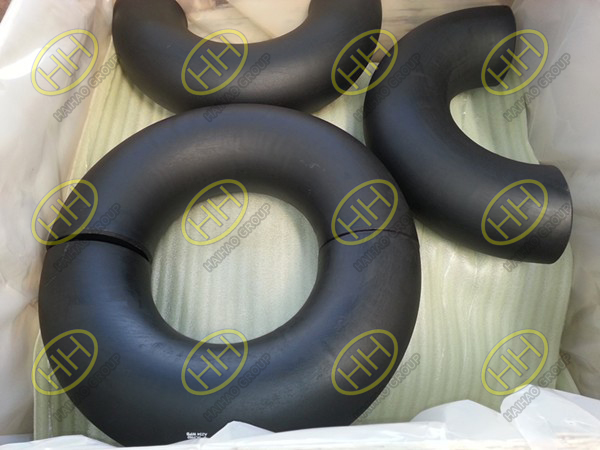What is NACE MR0175/ ISO 15156 pipe and fittings?
Always in pipeline systems we met the material with NACE MR0175/ISO 15156 pipe or fittings, so do you really know what is the major differences between NACE carbon pipe and normal carbon steel pipe? And how is the cost for nace material?
So today we are going to introduce NACE MR0172 / ISO 15156 from different aspects as below:
- Definitions and means
- Standard Scope
- Related equipment and products
- Material Cost
- Chemical Compositions
- Mechanical Strength
- Applications
- Work Conditions
- Notifications before Purchasing Nace Pipe and Fittings
What is NACE?
NACE was established since 1943, full name is The National Association of Corrosion Engineers. The founders were 11 engineers of anti-corrosion of pipeline industry.
Till now, NACE has been the largest organization to broadcast knowledge of anti-corrosion and improve skills of corrosion prevention.
In NACE standards, MR0175 is the standard of material requirements for H2S containing oil and gas production and equipment.
As a result, Nace pipe is used in H2S containing gas and oil transportation.
You could find NACE MR0175 standard specification from here.
NACE MR0175 or ISO 15156 Scope
NACE MR0175/ISO 15156 provides common rules, gives suggestions and requirements to select qualified steel materials, that served in equipment used in oil and gas production, and in natural gas sweentening plants in H2S-containing environments. Where if such equipment failed could make a risk to human health and safety, and damage to the environment.
It is also a federal standard in US as recognized as ISO 15156, for Petroleum and natural gas industries that materials applied in H2S-containing environments in oil and gas production.
Cracking Types
This standard NACE MR0175/ISO 15156 addresses all mechanisms of cracking that can be caused by H2S, including below cracking conditions.
Sulfide stress cracking (SSC)
Stress corrosion cracking
Stepwise cracking
Soft zone cracking
Stress-oriented hydrogen-induced cracking
Hydrogen-induced craking
Galvanically induced hydrogen stress cracking
If you would love to know more technical information, please send email to me :sales@haihaogroup.com


